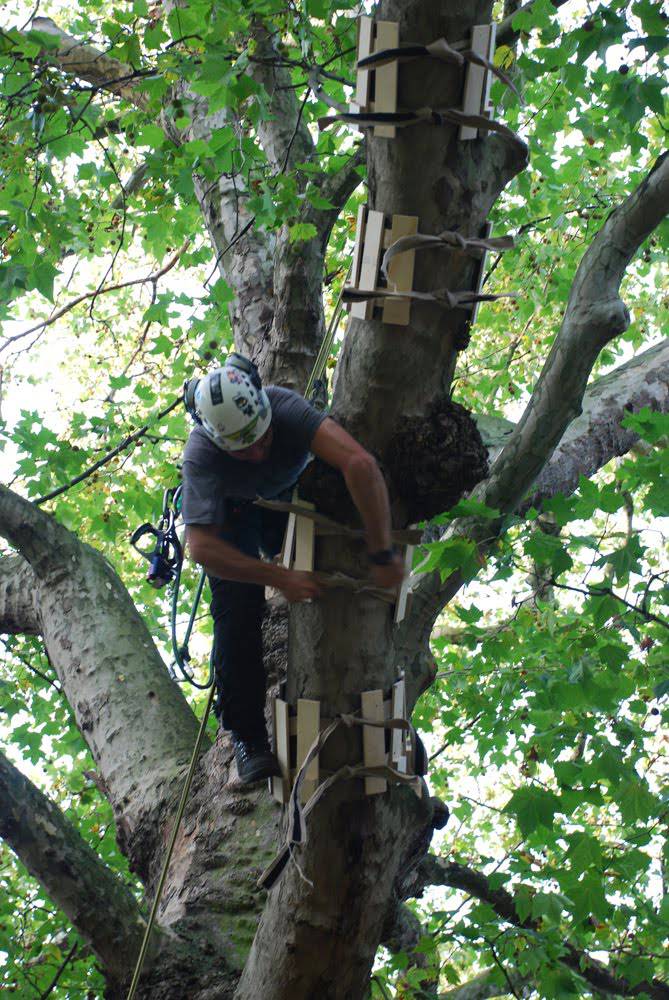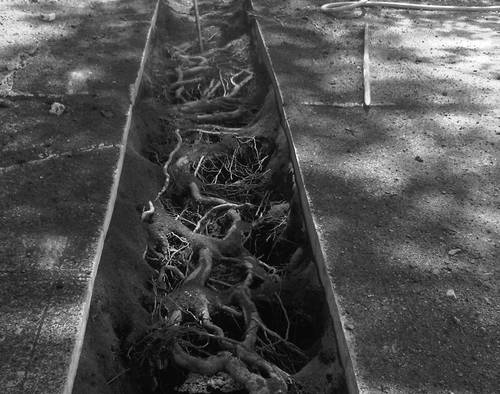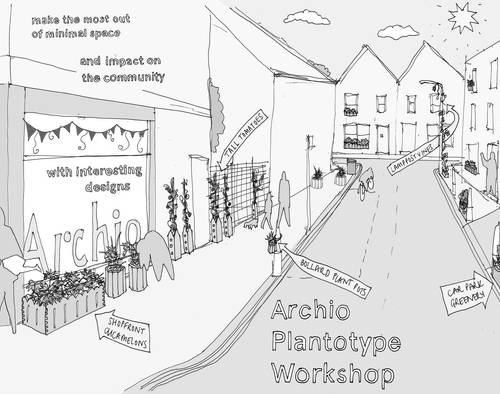How Close Can You Build To Trees - Part 1
July 2015
We have had a number of recent projects that have thrown buildings and trees into an unusually close embrace. The projects have ranged from multi-house developments to garden rooms, and have been in rural and in urban locations.
Despite these variables we have often returned to the same question“How close can you build to a tree?”and so I thought it might be interesting to share some knowledge on this. The answer to this question is unsurprisingly not straightforward and there are several factors that affect the distance required between a tree and a building.
This article is in three parts, this first part gives an introduction to some of the issues, and how construction works can damage trees below and above ground, the second part deals with Root Protection Areas (RPAs) and placing buildings to avoid damaging trees, and the third explores technical solutions that can be used to overcome some of the issues if building near trees is unavoidable, or in fact desirable.
The root of the problem
The primary difficulty of building close to trees is the impact that works can have on the below ground root system of the trees. Roots are located closer to the surface than you might think with the majority occupying the top 600mm of soil. Trees do not heal and damage caused to a tree will remain for the rest of its life.
A secondary problem is damage caused to a tree above ground. This is a particular issue during construction, but can also be a problem once works have been completed.
Damage below ground
There are several ways in which damage can be caused to tree roots, some more obvious than others.
The area at the bottom of a tree where the roots join the trunk is often described as ‘buttressing’ into the main structural roots, and like a gothic cathedral if you take away the buttresses the whole thing is likely to come down. To put this in context the National Joint Utilities Group recommend that if any root over 25mm is accidentally severed then advice from a qualified arboriculturalist should be sought to confirm the stability of the tree.
Severing tree roots also has the effect of starving the tree of nutrients and water. This can cause the death of a tree over a longer period and it may take make take some time before the problem manifests itself. Damage to the root bark can also have the same effect, and if bark is removed all the way round the root it will die.
Asphyxiation of the root network is a major issue associated with construction works around trees. This usually occurs because of compaction of the soil, which prevents oxygen reaching the roots. Raising the level of the ground around a tree has the same effect as compaction, whilst lowering the ground level will damage roots near the surface. Compaction can also be an issue during construction when the movement or storage of materials and plant can damage root systems.
Damage above ground
As if the damage to the root networks wasn’t enough, building work can also damage trees above the ground. Care needs to be taken during construction to avoid damage to bark and surface roots, which can leave the tree exposed to infection. Damage can occur where trees come into contact with built structures, including utilities such as overhead cables which can cause ‘rubbing’ of bark, and even possibly setting fire to the tree! Careful pruning may need to be undertaken if buildings encroach on the crown of a tree, and overshadowing can become an issue if buildings create substantial areas of shadow over a tree.
Trees as an asset
In many instances retaining trees on a site will be a requirement of the planning process. Notwithstanding this mature trees can add substantial value to a site in terms of the qualities they bring to landscaping and the character they can add to a project.
With such a gauntlet of possible pitfalls it seems like the chances of a tree making it out of a construction site alive are slim. Trees are sensitive fellows, and it is important to know how to work with them if they are to be retained, however with careful protection and some forward planning existing mature trees can become an asset to a scheme.
The next part of this article explores how you can avoid damaging tree roots by positioning trees outside of the so called Root Protection Area (RPA), and the final part discusses techniques that can be used if avoiding the RPA is not possible.

Installing 'tree-protectors' for our Hanging Out in the Park installation. Image credit Kyle Buchanan.


